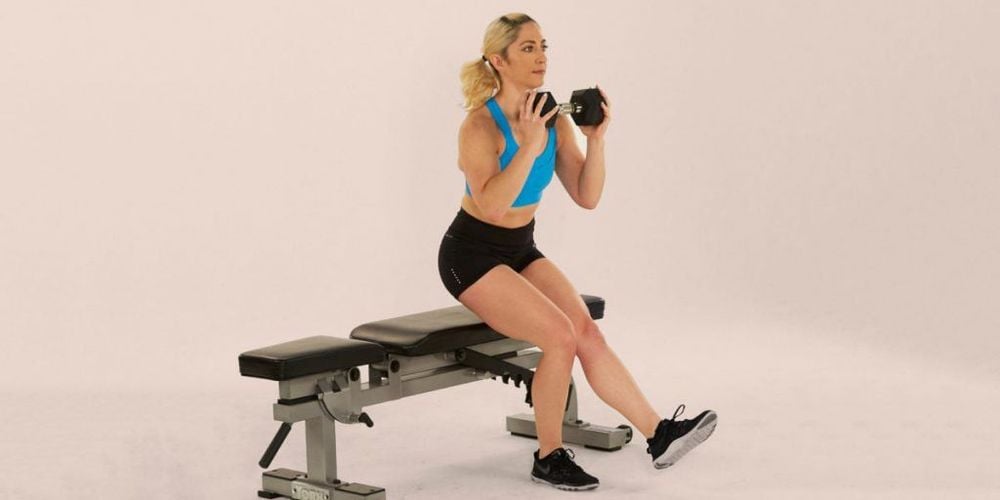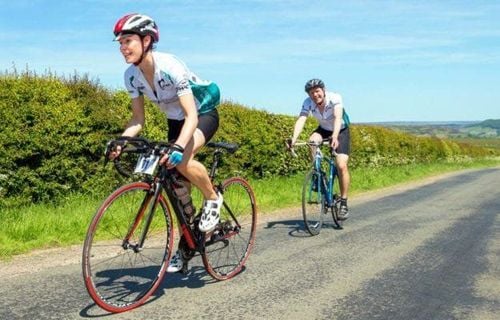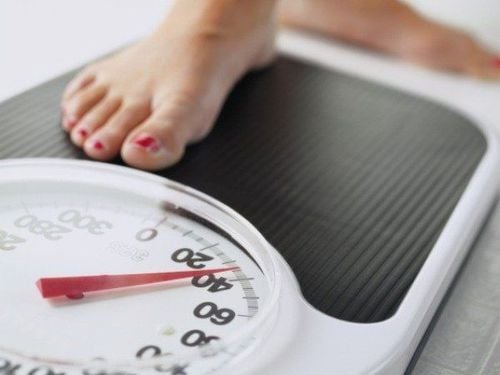This is an automatically translated article.
A well-organized workout plan should include flexibility, mobility, balance and core strength training, and cardio and strength training. How to combine all of those elements without spending too much time at the gym?
1. Exercises
You can focus all of your time on running or strength training, but do you want to expand your training plan, or just stick to one or two activities? You need a comprehensive plan to train the whole body. Each exercise offers a different benefit. The good thing is that exercises can be combined in just one session, meaning you can save time and money on training, but still get the most out of it.
Exercises to practice flexibility and mobility have the ability to increase body activity. Dynamic stretching exercises help you not only relax more comfortably when practicing but also in daily activities. This exercise is like adding lubricant to the joints to work better. Cardiovascular exercise has many benefits, including preventing chronic diseases and improving quality of life. This type of exercise does not need to go many miles, just flexibly changing exercises in one practice can significantly improve your body shape. Strength training helps to increase muscle mass and reduce total body fat percentage while maintaining healthy bones. It only takes about 20 minutes to complete a set of strength training exercises for the whole body. Balance exercises have long been an important part of professional sports training. However, it is not only athletes who will benefit from these exercises, depending on age, there are appropriate exercises. Incorporating balance-challenging exercises helps overcome the monotony of normal exercise and provides long-term benefits, such as fall prevention. Exercises for the core muscle groups involve a lot of sitting and six pack abs, including all the muscles that support and stabilize the spine. Think about how often we move around during the day, and you'll appreciate the value of a strong core.

Kết hợp nhiều bài tập giúp bạn tiết kiệm thời gian và chi phí tập luyện
So, how to combine all types of exercises without spending too much time, refer to the steps below:
Do dynamic stretching exercises, such as squats, lunges, jumping jacks Or even run in place before doing cardio or strength training. These exercises are called warm-ups, because their nature is to prepare the body for movement. End the session with mobility exercises, such as foam rollers on major muscle groups, to effectively reduce post-workout soreness. Interval training is especially helpful when you're short on time but want an effective cardio workout. In as little as 20 minutes, you can achieve the results of training at a higher intensity equivalent to training for 45-50 minutes at moderate intensity. Break up your strength training session into small chunks. If you have 3 days to focus on strength training, use 1 day to work the upper body, 1 day to focus on lower body work, and the last day to combine the two into a full workout. By focusing on a specific body part, you can perform sets and repetitions more effectively because the whole body is not so fatigued. When it comes to full-body workouts, incorporate some of the principles of rotation—reducing rest between sets—to complete the set in less time. Use equipment like yoga balls and balance balls to challenge your balance and strengthen your core in a variety of ways, but keep doing your favorite exercises, such as: Squat then put your feet on the balance ball half-exercise your pectorals with a dumbbell but rest on the balance-ball half, not on a bench Push the weights overhead on one leg, switching legs through each set If it's been a while that you haven't In an active workout, choose just one exercise and progress slowly. A lot of people find cardio a good place to start, but it's not mandatory. You can choose an activity you like best to follow. An exercise expert or personal trainer can help you build a program that's right for you.

Hãy lựa chọn bài tập mà bạn cảm thấy thích nhất để có thể duy trì được lâu dài
2. Change the approach
The first step is to slightly change your practice routine. Think about FITT when considering and deciding how to train:
Frequency, 3 to 5 days a week Intensity, your hard work (Since you are in better shape, you need to train with intensity higher to reach target heart rate for age) Duration , 20-60 minutes per session, 150 minutes per week Type of exercise Here is a suggested monthly schedule to refresh your workout program and avoid Overuse any muscle group:
Focus on muscle endurance. Do upper and lower body repetitions 15-20 times Work on specific areas - like legs, chest and shoulders, or back and biceps for 3-5 sets, repeat 6-12 times. Strength training with heavier weights and fewer repetitions, like 3-6 sets of 1-5 reps Do it again
3. Recovery Time
Sufficient recovery time is an important part of getting over a plateau (a phenomenon where muscle growth slows down after a period of training and rapidly gains muscle.)
It's important to listen own body. Usually, when you don't give your body enough time to recover, you'll notice a slight drop in performance, it's harder to continue with the same intensity or weight, and you may be less enthusiastic about training. . If you have the above symptoms, you need to let your body rest longer, lower the intensity or change the exercise for a while. Let the body re-adjust and set. In most cases you will continue to make progress when accelerating again.

Sau mỗi lần tập luyện bạn cần dành thời gian nghỉ ngơi để cơ thể được hồi phục
4. Don't put too much pressure on yourself
When you're trying to get past the plateau - the plateau phase in bodybuilding, avoid putting too much pressure on yourself or trying to lift heavier weights for longer if it doesn't feel right. You even run the risk of injury, wear down your willpower, and make you doubt yourself.
The body has a limit, and you can't just keep challenging with intense efforts, training and practicing. For example, if you did a heavy workout on Monday, you might want to change your workout or do a moderate-intensity workout on Wednesday.
Don't let yourself get caught up in the media, when you see the models with the best body in the gym, or follow the latest movements, but find effective training methods and do it slowly but surely, and slowly raise the difficulty.
5. Train your metabolism
To lose weight, you need to take in fewer calories than you burn in the day. But when you eat less, your body adjusts to needing less energy, leading to a plateau. This could also be because your body is trying to tell you that there is no more weight left to lose. If you need to lose a little more weight, the best way is to continue exercising and eating a healthy diet. Your metabolism will eventually catch up to your new habit, and you can continue to lose weight.
Please follow the website ( www.vinmec.com ) for more information on health care instructions, which we will update regularly.
Please dial HOTLINE for more information or register for an appointment HERE. Download MyVinmec app to make appointments faster and to manage your bookings easily.
Reference source: healthy-lifestyle, webmd.com












